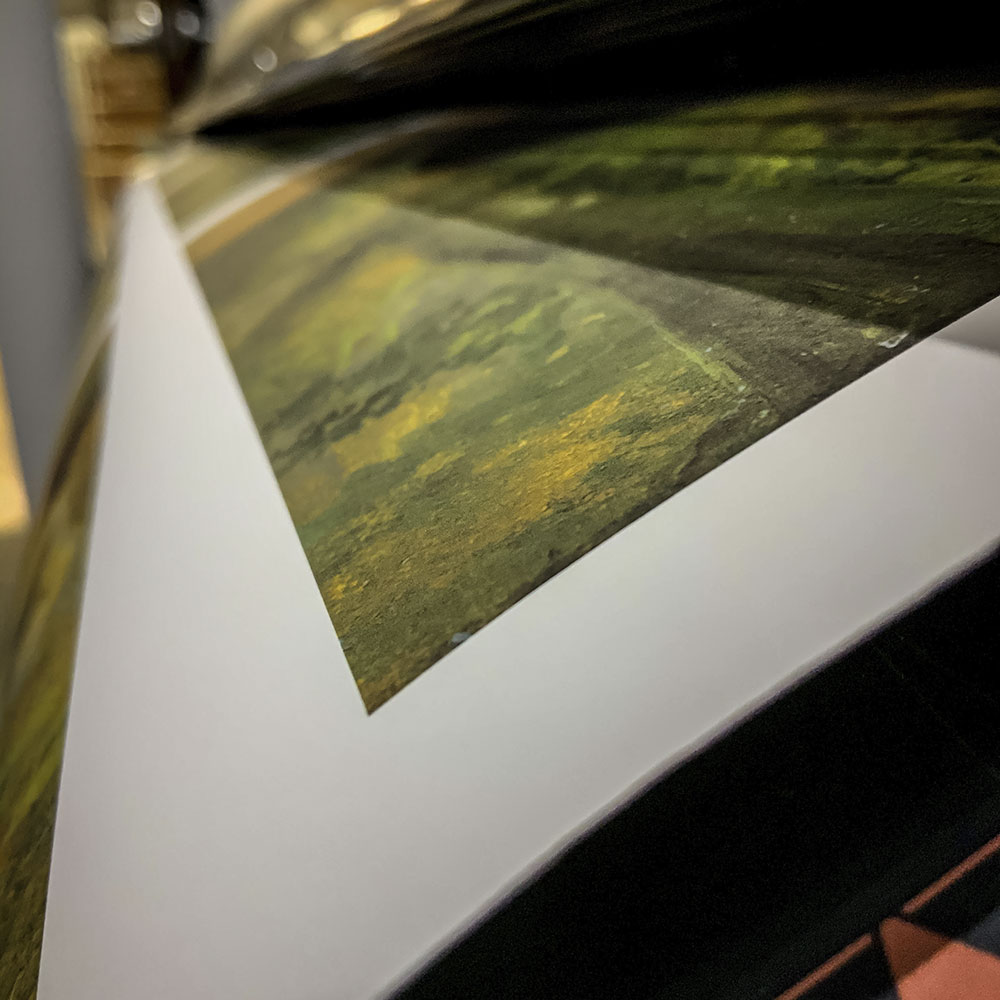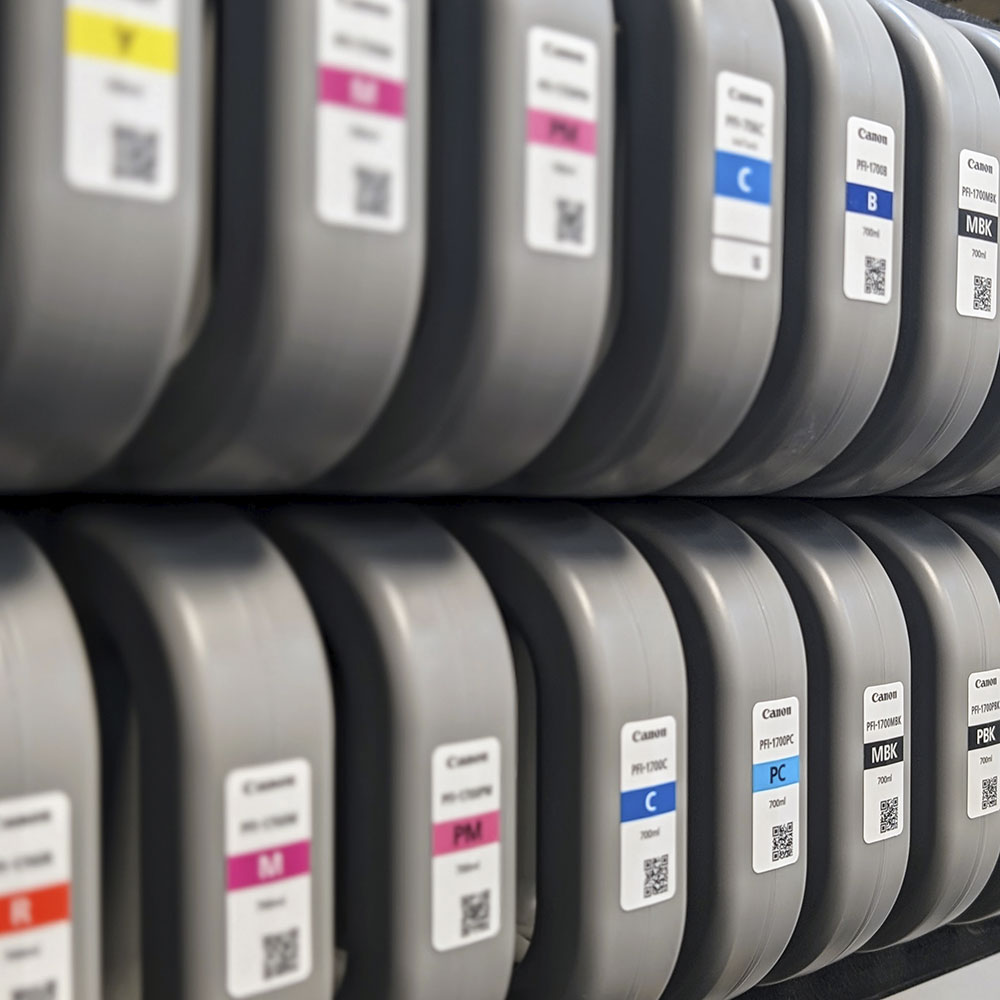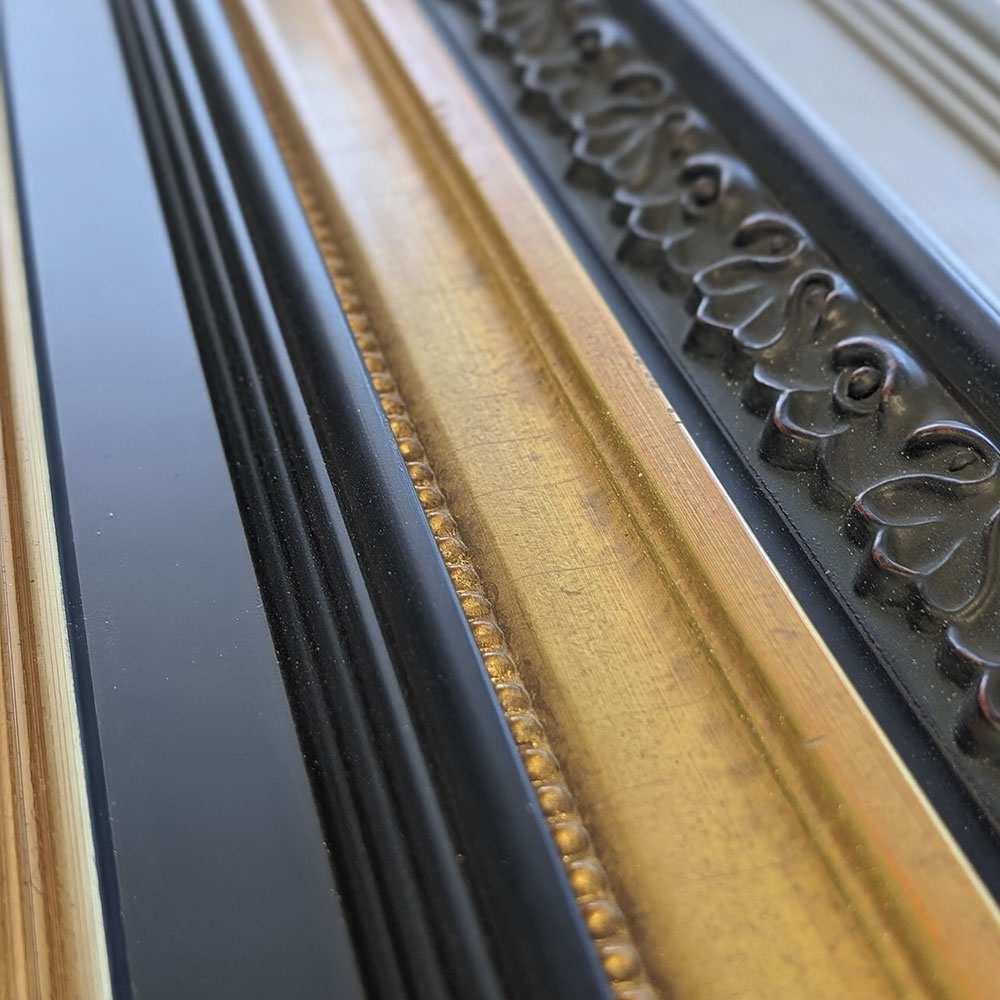The Old Mount Vernon, 1857.
Eastman Johnson; oil on board, 1857. The Mount Vernon Ladies’ Association Collections, Acquired through the generosity of an anonymous donor and the Mount Vernon Licensing Fund, 2009 Conservation courtesy of Mike and Patti Sipple [M-4863].
In selecting a view of the mansion and its outbuildings from the north (an unusual perspective), Eastman Johnson intentionally created a composition that highlighted the service—and not public—spaces of the plantation, thus revealing the world of the African American laborers, some of whom were enslaved and some free, who kept Washington’s home running. A strong light illuminates the colonnade walkway, which connects the mansion to its north dependency, and draws the viewer’s attention to the men, women, and children outside the gaze of the typical white visitor and in various poses of rest. Far from an idyllic view of Washington’s beloved home, viewers see broken fences, buildings with unpainted walls, and unkempt grounds; in essence, they see a Mount Vernon—and by analogy the economy of slavery—in a steady decline. Between 1857 and 1868, Johnson (1824-1906) produced several paintings depicting the domestic lives of enslaved African Americans with quiet dignity, and his portrayal of The Old Mount Vernon was the first in this series of genre paintings. A genre painter, Johnson visited Mount Vernon in the summer of 1857 with the intention of painting an historical scene of Washington at home, surrounded by his family, guests, and slaves, but he chose instead to capture the plantation as it existed on the eve of the Civil War, increasingly dilapidated and shorn of its former glory. Johnson retained this painting in his personal collection until his death in 1906.


